We often take household features for granted, assuming they’re just part of the design or convenience of modern life. But a surprising number of them exist solely because of American safety laws—some decades old, others relatively new. From the placement of smoke detectors to why your water heater is the way it is, there’s a whole world of regulation behind the scenes. Here are 14 common items in your home that owe their existence to federal or state safety mandates.
1. Ground Fault Circuit Interrupter (GFCI) Outlets

According to the U.S. Consumer Product Safety Commission, GFCI outlets have been required in certain parts of the home since the 1970s to reduce the risk of electric shock. You’ll find them in kitchens, bathrooms, garages, and anywhere moisture might meet electricity. They’re the ones with the little reset and test buttons that everyone ignores—until something trips. Without them, minor appliance mishaps could turn into dangerous accidents.
Originally required only in outdoor outlets, GFCI rules have expanded as our homes became more appliance-heavy and tech-forward. According to Family Handyman, the National Electrical Code has continually updated its standards to cover more locations. So if you’re wondering why your bathroom outlets seem oddly “fancy,” it’s less about style and more about safety. You can thank decades of shocking research—literally.
2. Anti-Tip Brackets for Furniture and Appliances

In recent years, tip-over injuries from furniture and appliances have become a major safety concern, especially in homes with children. That’s why the Consumer Product Safety Commission pushed for stricter enforcement of anti-tip brackets on things like stoves and tall dressers. According to Forbes, the CPSC estimates that one person is injured by a tipping piece of furniture every 17 minutes in the U.S.
Manufacturers are now required to include brackets with many large appliances, and California even mandates their installation in certain settings. These brackets are easy to overlook until you realize their role in preventing serious harm. They’re a prime example of how a nearly invisible piece of hardware can have life-or-death consequences. So if you’ve ever cursed the awkward installation, take comfort knowing it’s there for a reason.
3. Smoke Alarms in Every Bedroom
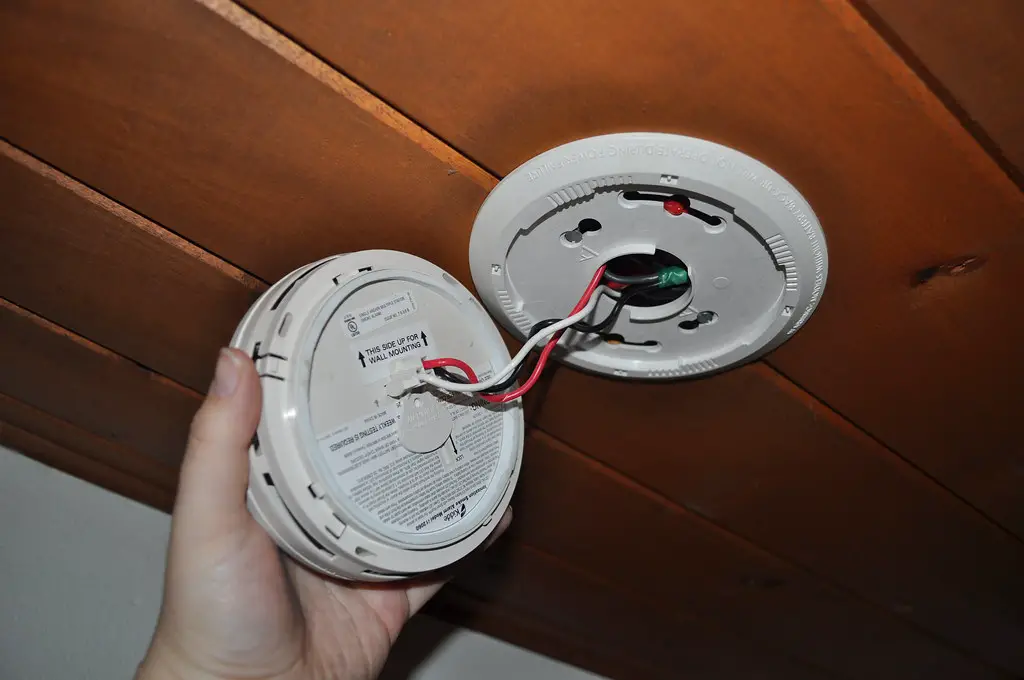
Most people assume one smoke alarm per floor is plenty, but national safety standards say otherwise. According to the National Fire Protection Association (NFPA), current codes require a smoke alarm inside every sleeping room, as well as outside each sleeping area and on every floor. These rules stem from decades of research showing how fast modern fires spread due to synthetic materials. One alarm isn’t enough to keep everyone safe.
You’ll notice new homes often have hardwired alarms with battery backups—also required by code in many jurisdictions. The idea is to catch a fire early, especially when people are sleeping and least aware. It might feel redundant, but it’s about shaving off precious seconds in an emergency. So yes, all those beeping smoke alarms are absolutely necessary.
4. Water Heater Temperature Limits
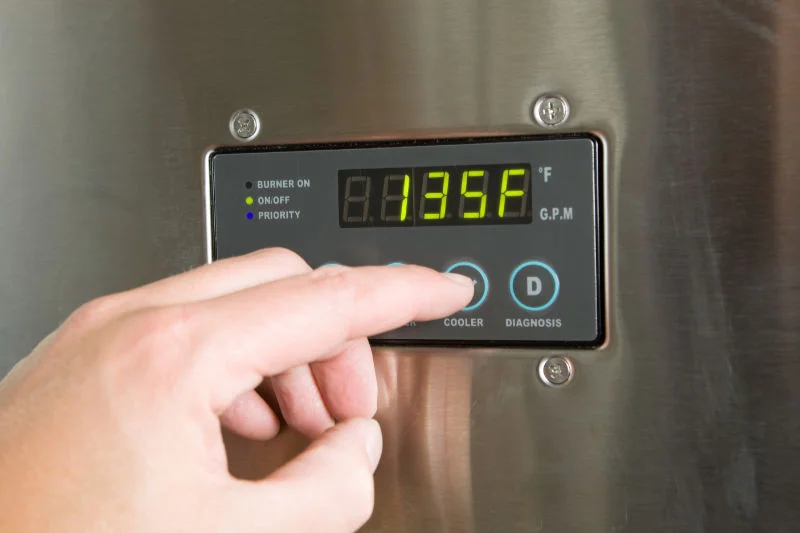
Ever wonder why your water never comes out that scalding hot, even on the highest setting? The Department of Energy mandates that residential water heaters be preset to 120°F to prevent burns, especially in children and older adults. According to CNET, setting water heaters above 130°F can cause third-degree burns in seconds. So those “mild” showers are part of a safety-first design, not a flaw.
This law came into play after a wave of scald injuries from overly hot tap water. While some homeowners override the factory settings, doing so can increase the risk of injury and even bacterial growth like Legionella. That little temperature dial on your heater? It’s doing a lot more than just controlling comfort. It’s quietly following federal guidelines to keep your household safe.
5. Tamper-Resistant Electrical Outlets

If you’ve moved into a newer home and noticed how hard it is to plug something in, you’re likely dealing with tamper-resistant outlets. These became part of the National Electrical Code in 2008 to prevent children from inserting objects into live sockets. Unlike older outlets, they have internal shutters that only open when equal pressure is applied to both slots. It’s a small change, but one that has significantly reduced electrical injuries in kids.
You might grumble while trying to plug in a phone charger at night, but these outlets are doing exactly what they’re designed to do. They’re not broken—they’re protecting curious toddlers from dangerous shocks. And once you get used to the resistance, it becomes second nature. It’s a modern nuisance that’s well worth the added safety.
6. Window Guards on Upper Floors

In many urban areas, especially in states like New York, window guards are required by law in homes with young children. These small barriers prevent kids from falling out of open windows—a tragic but preventable accident. Landlords are often required to install them upon request or automatically if children live in the unit. It’s one of those invisible safety measures you don’t think about until it’s too late.
Even homeowners have adopted the idea, especially in multi-story homes. They’re a simple yet powerful way to make upper floors safer for families. While they might not match your décor goals, they’re legally essential in many places. And honestly, peace of mind beats aesthetics when it comes to child safety.
7. Vent Hoods Over Gas Stoves

That big, noisy vent hood over your gas stove isn’t just there to whisk away cooking smells. It’s also required by many local building codes to prevent the buildup of carbon monoxide and other combustion byproducts. Without adequate ventilation, cooking with gas can pose serious health risks. The hood helps pull dangerous fumes out of your home and away from your lungs.
Some newer homes are even required to have make-up air systems that balance air pressure when large vents are running. While you might be tempted to skip the hood for a sleeker look, it’s often not just about style—it’s about meeting legal requirements. Especially in tightly sealed modern homes, proper ventilation is non-negotiable. And yes, it’s worth the hum.
8. Stair Handrails with Specific Height and Grip

Your staircase handrails may seem like a simple design choice, but they’re actually subject to strict building codes. These codes specify the height, grip size, and even the distance between the handrail and the wall. It’s all designed to make sure the rail can support you if you slip. Without these regulations, stairs would be far more dangerous—especially for kids and seniors.
Handrails also need to extend past the top and bottom steps in some jurisdictions to reduce fall risks. While decorative handrails may look sleek, if they don’t meet code, they’re technically unsafe. So that seemingly boring banister? It’s the result of years of safety research and injury prevention. Function wins over form when it comes to stair safety.
9. Bathroom Ventilation Fans
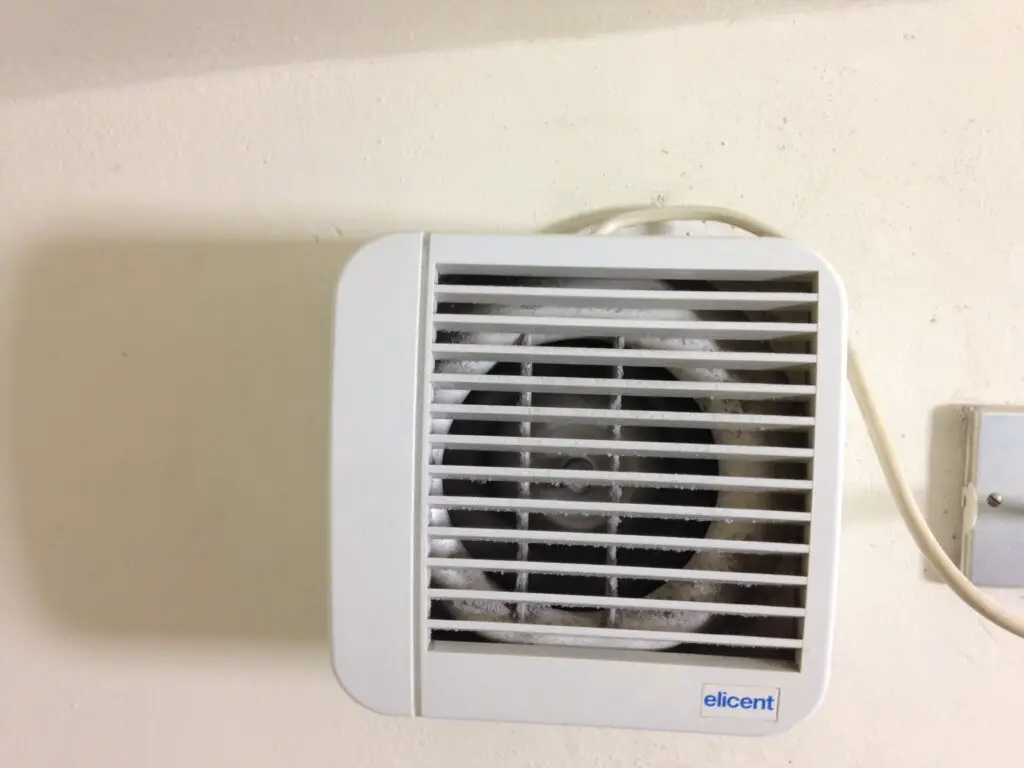
Bathroom fans are often overlooked, but they’re required by code in spaces without operable windows. They’re designed to remove moisture, which helps prevent mold, mildew, and eventual structural damage. Without proper ventilation, bathrooms become humid breeding grounds for spores. And yes, your home inspector is looking for that fan—or at least a window that opens wide.
Poor bathroom airflow can also lead to bubbling paint, warped wood, and crumbling drywall. So while that fan may be noisy or seem unnecessary, it’s legally and functionally essential. In many newer homes, these fans are even tied to the light switch, ensuring they get used regularly. It’s all part of keeping your bathroom—and your lungs—healthy.
10. Garage Door Auto-Reverse Sensors
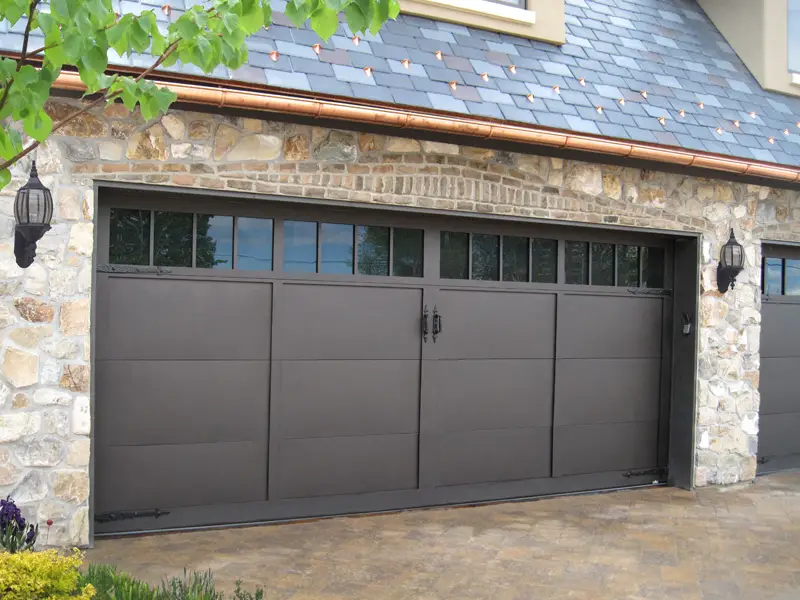
You’ve probably seen the tiny lasers at the bottom of your garage door track, but they’re more than just a cool gadget. These sensors are legally required to prevent the door from closing on objects, pets, or people. If something breaks the beam while the door is lowering, it automatically reverses direction. This feature was mandated by federal law in the 1990s after multiple fatal accidents.
It’s a great example of how technology and regulation come together to create safer homes. Without these sensors, a malfunctioning door could cause serious injury—or worse. So the next time your garage door refuses to close because a leaf blew across the sensor, thank your lucky stars. That inconvenience could be a life-saving delay.
11. Dryer Vent Requirements
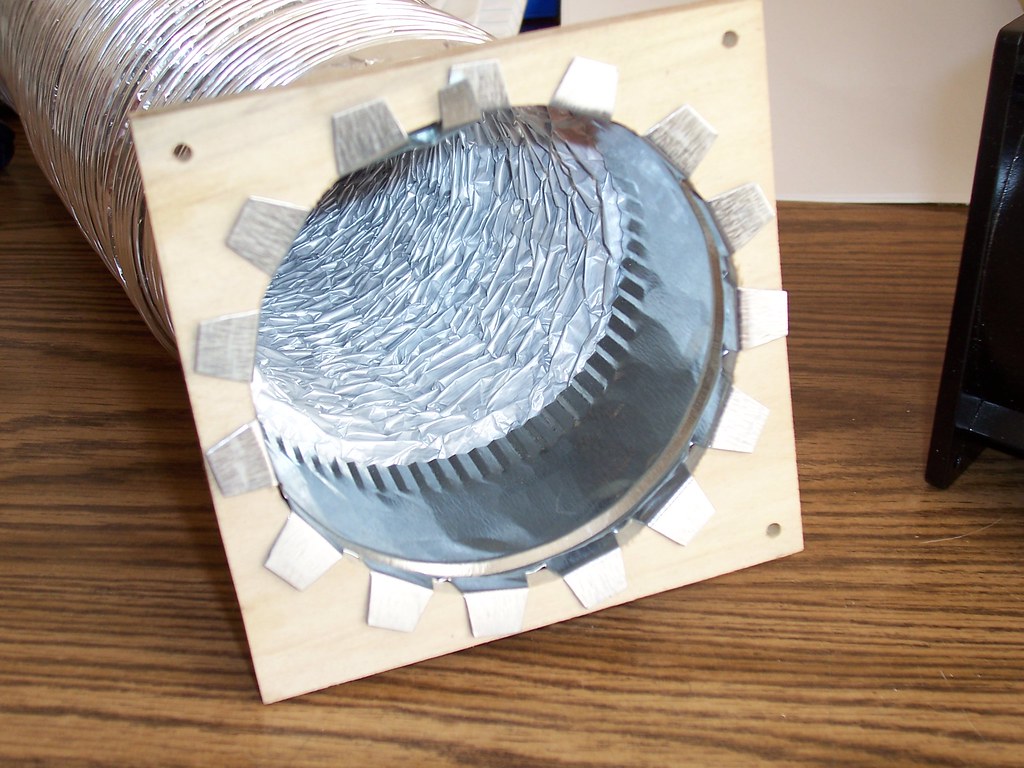
Dryer fires are a real hazard, and the way your dryer is vented plays a huge role in preventing them. Building codes dictate how long a vent can be, what materials are used, and where it exits the home. Flexible plastic tubing, once common, is now discouraged or banned because it traps lint and catches fire easily. Rigid metal ducts are now the standard in many states.
These codes aren’t just bureaucratic—they’re based on actual fire data. Clogged dryer vents cause thousands of house fires every year, according to the U.S. Fire Administration. So that clean-out routine isn’t just a chore—it’s essential maintenance. And the right vent setup could be the difference between laundry day and disaster.
12. Egress Windows in Basements
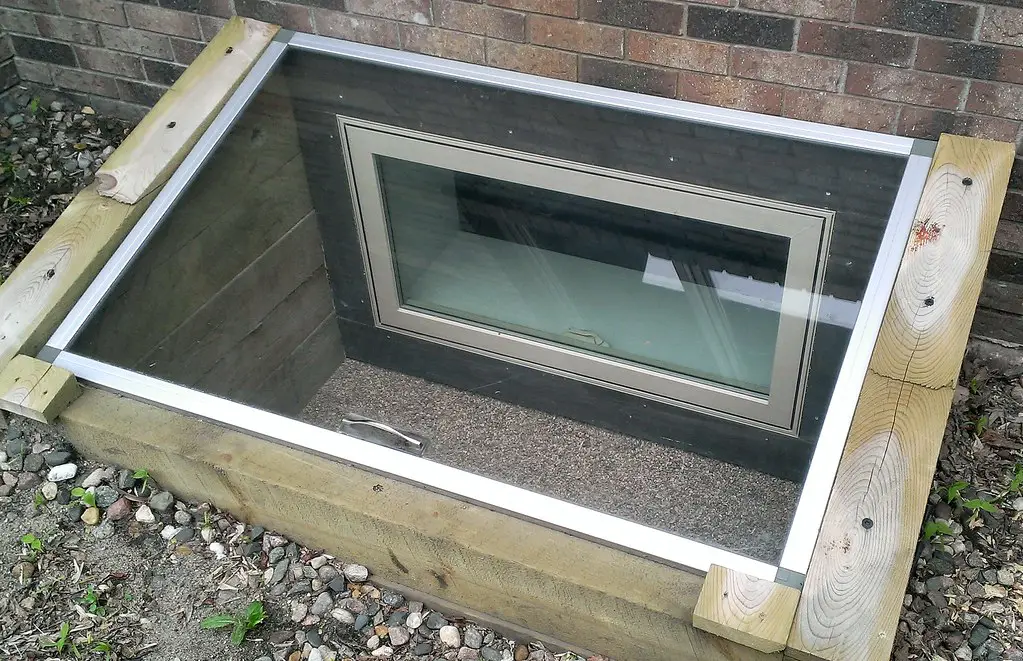
Basements that include sleeping areas must have egress windows by law in many states. These are windows large enough to allow someone to escape—or for emergency responders to enter—during a fire or other crisis. Even finished basements without bedrooms often include them to meet broader code requirements. They’re about safety, not style.
These windows typically need to meet strict sizing and placement guidelines to qualify. That means a simple basement remodel can get expensive fast if your windows don’t comply. But when lives are at stake, there’s no room for shortcuts. It’s one of those home features you hope never to need—but you’ll be glad it’s there.
